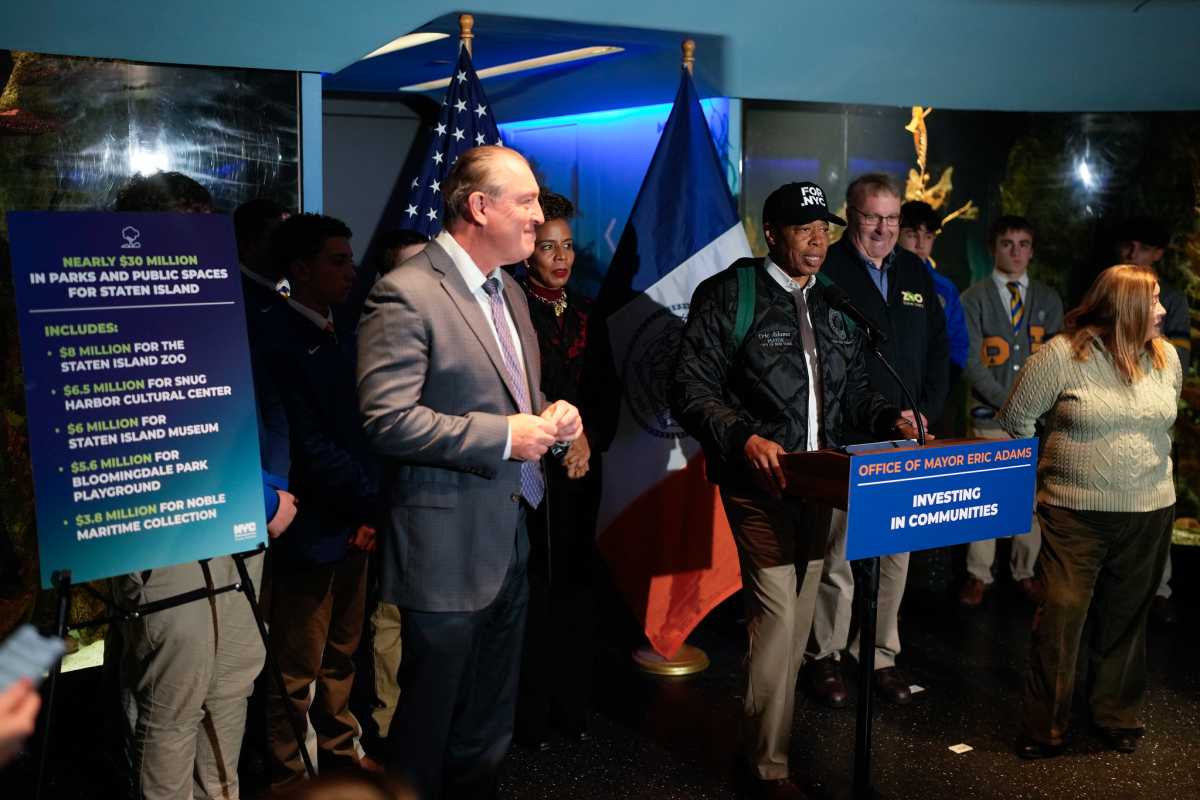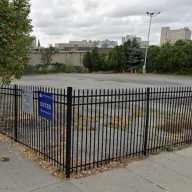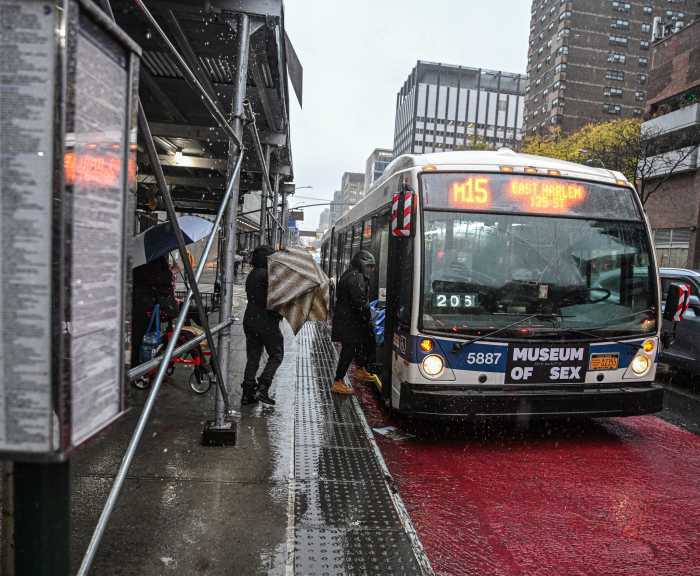For decades, a 6-acre lot in Whitestone has sat vacant, but now education officials are considering the location as a spot to build a new high school.
Former plans for the plot included a 55-home development by Whitestone Jewels LLC and a sports complex, an idea which the Malba Gardens Civic Association floated in 2011. The site, however, which was previously owned by the Catholic Youth Organization, has only held some tennis courts and a swimming pool left over from the youth organization, which shuttered in 1988.
On Saturday, a group of 150 people — mostly Whitestone residents — attended a petition rally along 5th Avenue in hopes of galvanizing opposition to the possibility that the site could be used for a school, saying it would cause traffic and lower home values in the area. Residents also complained that the city did not seek community input when selecting the lot for review.
Much like those in opposition to a proposed school at the former site of Keil Bros. Garden Center and Nursery in Bayside, community members believe they have been left out of the process.
The city Department of Education says that when determining where to place new schools, the city School Construction Authority conducts initial surveys of potential sites, sending representatives to the area to make assessments as proposals are drafted.
Afterward, the plan is brought to the community for review.
This was the case when SCA officials went to Community Board 11 about the Keil Bros. site, and education officials said a plan for the Whitestone location had not yet been presented to neighborhood leaders, as it was still in the early stages.
While the effects of any new school on the surrounding area cannot truly be estimated until proposals are released, the Department of Education’s plan will surely face additional scrutiny because of perceived secrecy of the process.
The city needs to give people who will be living around the schools an opportunity earlier on to voice their opinion by alerting the community that a site is being considered.
Transparency is key.
This will ensure a better relationship between the education officials and residents, whose children will likely become students in schools that the DOE plans to build.


































